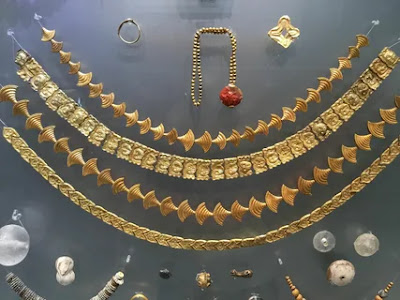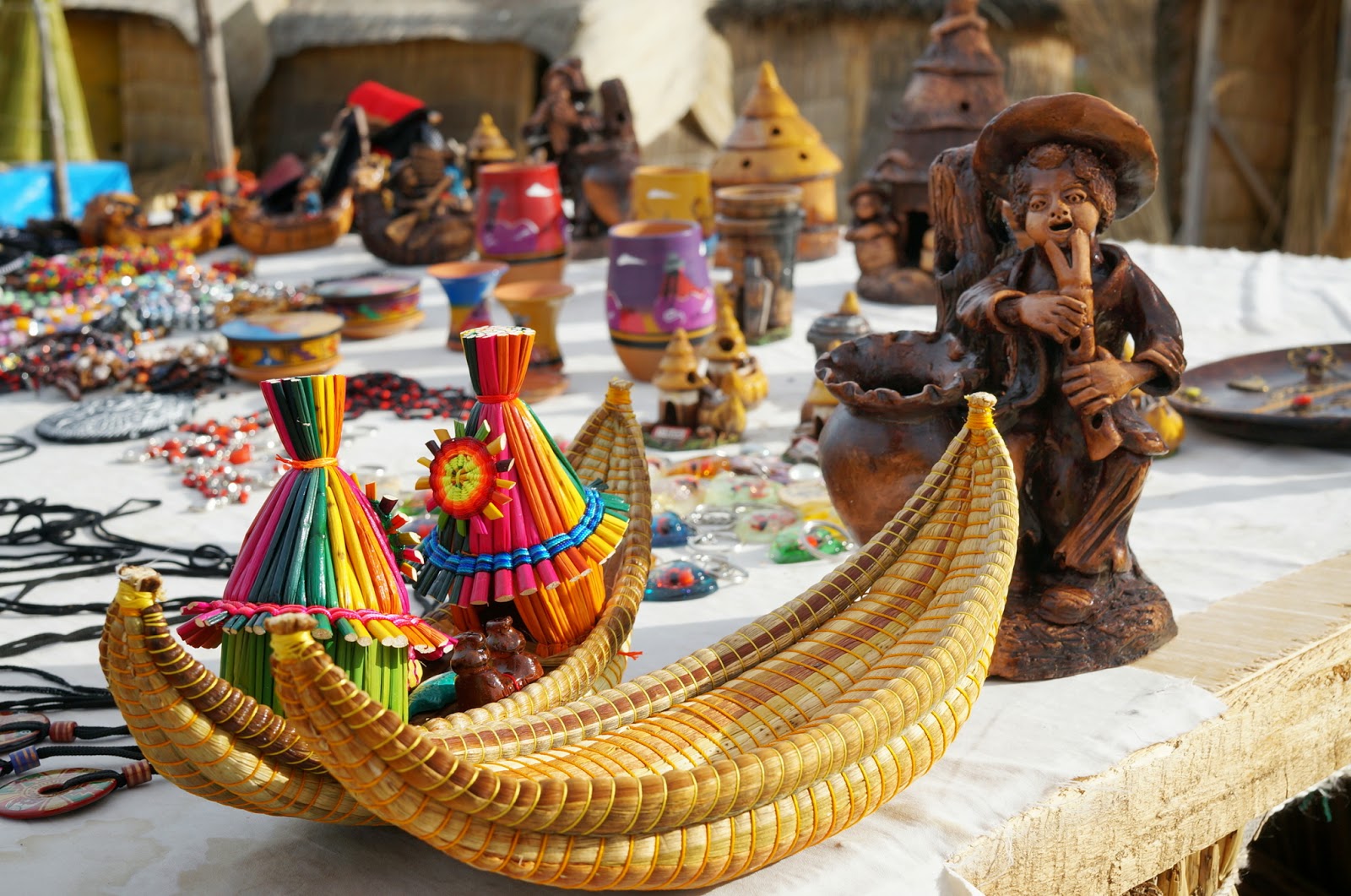What Were the Most Common Symbols in Ancient Greek Jewellery?
Step back in time and immerse yourself in the captivating world of Ancient Greece. With its rich history and contributions to art, philosophy, and culture, this ancient civilization continues to captivate us today. One aspect that stands out is the intricate beauty of their jewelry. From delicate bracelets to ornate necklaces, each piece tells a story steeped in symbolism.
In this blog post, we will explore some of the most common symbols found in Ancient Greek jewelry. These cultural artifacts not only served as decorative embellishments but also held deep meaning for those who wore them. So fasten your seatbelts (or should we say laurel wreaths?) as we journey into the fascinating world of Ancient Greek symbolism!
The Cross
The Cross, an iconic symbol recognized worldwide today, also held significant meaning in Ancient Greek jewelry. However, it is important to note that the cross in this context predates its association with Christianity.
In Ancient Greece, the cross symbolized balance and harmony between opposing forces. It represented the meeting point of four directions - north, south, east, and west - bringing together different energies and elements. This symbolism resonated deeply with the Greeks' belief in equilibrium within themselves and their surroundings.
One particular form of the cross frequently seen in Greek jewelry is known as the "Greek key" or meander pattern. This intricate design features a continuous line that twists and turns without ever intersecting itself. It represents infinity and eternal flow – a concept highly valued by ancient Greeks.
Although its interpretation may have changed over time due to cultural shifts, it's fascinating how this ancient symbol continues to endure throughout history!
The Fish
The Fish symbol holds significant meaning in ancient Greek jewellery. It represents fertility, abundance, and the power of water. The fish was considered a sacred creature associated with the sea god Poseidon, who ruled over all marine life.
In ancient Greece, fishing played an essential role in the economy and daily life of coastal communities. Therefore, wearing jewellery adorned with fish motifs became a way to honor Poseidon and seek his blessings for bountiful catches.
The representation of fish in jewellery varied from simple outlines to intricately detailed designs. They were often made using precious metals like gold or silver and embellished with gemstones or enamel.
Interestingly, the fish symbol also had deeper spiritual connotations. It served as a metaphor for rebirth and transformation due to its association with water – the source of life itself. This symbolism resonated strongly in Greek culture, where various myths featured characters transforming into fish-like creatures.
Today, you can still find replicas or inspired pieces of ancient Greek jewellery featuring fish symbols. These cultural products serve as beautiful reminders of the rich heritage and beliefs that influenced this fascinating civilization
The Anchor
One of the most common symbols found in ancient Greek jewellery is the anchor. This symbol holds great significance and has deep historical roots. The anchor represents stability, strength, and hope.
In Greek mythology, anchors were associated with Poseidon, the god of the sea. It was believed that he held an anchor as a symbol of his power over the waters. Sailors would often wear anchor amulets to protect themselves during their voyages.
The anchor also had a symbolic meaning in ancient Greece beyond its association with Poseidon. It represented safety and security, both physically and metaphorically. In times of uncertainty or danger, wearing an anchor pendant provided reassurance and acted as a talisman for protection.
Ancient Greeks also used anchors in religious rituals and ceremonies. They would place small bronze or gold anchors on altars as offerings to gods or goddesses associated with navigation or seafaring activities.
Today, the anchor continues to be a popular motif in jewellery design due to its timeless symbolism and aesthetic appeal. Many people still choose to wear anchor pendants or earrings as a reminder of their inner strength and resilience.
Whether it's through mythological connections or personal interpretations, the presence of this symbol in ancient Greek jewellery serves as a testament to human fascination with maritime themes and our enduring need for stability amidst life's tumultuous seas.
The Laurel Wreath
The Laurel Wreath, also known as the Bay Leaf Crown, was a significant symbol in Ancient Greek culture. It was associated with victory, honor, and achievement. The wreaths were made by intertwining laurel branches to form a circular shape that would be worn on the head or hung as decoration.
In ancient times, laurel wreaths were given to winners of athletic competitions such as the Olympic Games. They were seen as a mark of glory and recognition for their remarkable achievements. These wreaths served not only as physical ornaments but also as symbols of excellence and success.
The association between laurel wreaths and victory can be traced back to Greek mythology. According to legend, Apollo – the god of music, poetry, and prophecy – wore a laurel crown to commemorate his triumph over Python, a monstrous serpent-like creature.
Apart from its connection with victory in sports and mythology, the laurel wreath held cultural significance in other areas too. It was often used to adorn statues of gods or heroes in temples or public spaces. The presence of these crowns signified divine favor or heroism.
Even today, we can still see echoes of this ancient symbol in modern culture. Laurel wreaths are often used in academic settings during graduation ceremonies to celebrate academic accomplishments.
The Laurel Wreath remains an enduring emblem of achievement and honor that continues to captivate our imagination through its rich history and cultural significance in Ancient Greek jewelry
The Bull
The bull, one of the most common symbols in ancient Greek jewellery, held great significance in Greek culture. It represented strength, power, and fertility. In Greek mythology, the bull was associated with Zeus and his transformation into a magnificent white bull to seduce Europa.
Depicted with muscular bodies and prominent horns, bulls were often featured as pendants or decorative elements on rings and bracelets. These pieces not only showcased the skill of ancient artisans but also served as status symbols for those who wore them.
The image of a charging bull conveyed courage and ferocity. It symbolized the warrior spirit of Ancient Greece and was often used to adorn military regalia or honour victorious soldiers.
Additionally, bulls were closely linked to agricultural practices in ancient Greece. They symbolized abundance and prosperity, representing the bountiful harvests that sustained communities.
Conclusion
Ancient Greek jewellery is not only a testament to the artistic skills of the ancient Greeks but also a reflection of their culture and beliefs. The symbols used in these pieces hold great significance, telling captivating stories that have been passed down through generations.
The Cross was an important symbol representing faith and spirituality, while the Fish symbolized prosperity and abundance. The Anchor stood for stability and hope, providing strength during turbulent times. The Laurel Wreath signified victory, honor, and achievement. And finally, the Bull represented power and fertility.
These symbols were intricately woven into various forms of jewellery such as pendants, rings, bracelets, and earrings. They served as personal adornments but also carried deeper meanings related to one's identity within society.
Today, we can still appreciate the beauty and symbolism behind ancient Greek jewellery. Cultural products like these continue to inspire modern designs while preserving a rich heritage that spans thousands of years.
So next time you come across an ancient Greek piece of jewellery adorned with these symbols or any other intriguing design elements from this fascinating era, take a moment to reflect on its historical significance. Let it transport you back in time to a world where artistry intertwined with belief systems creating cultural treasures that endure even today.



Comments
Post a Comment